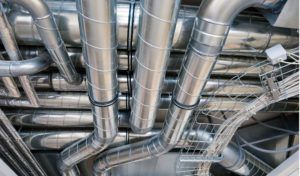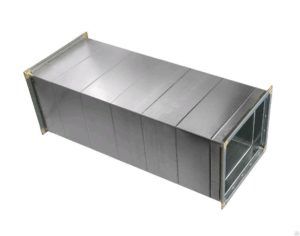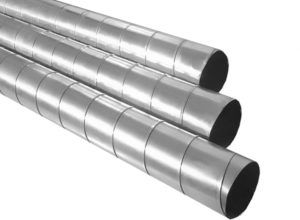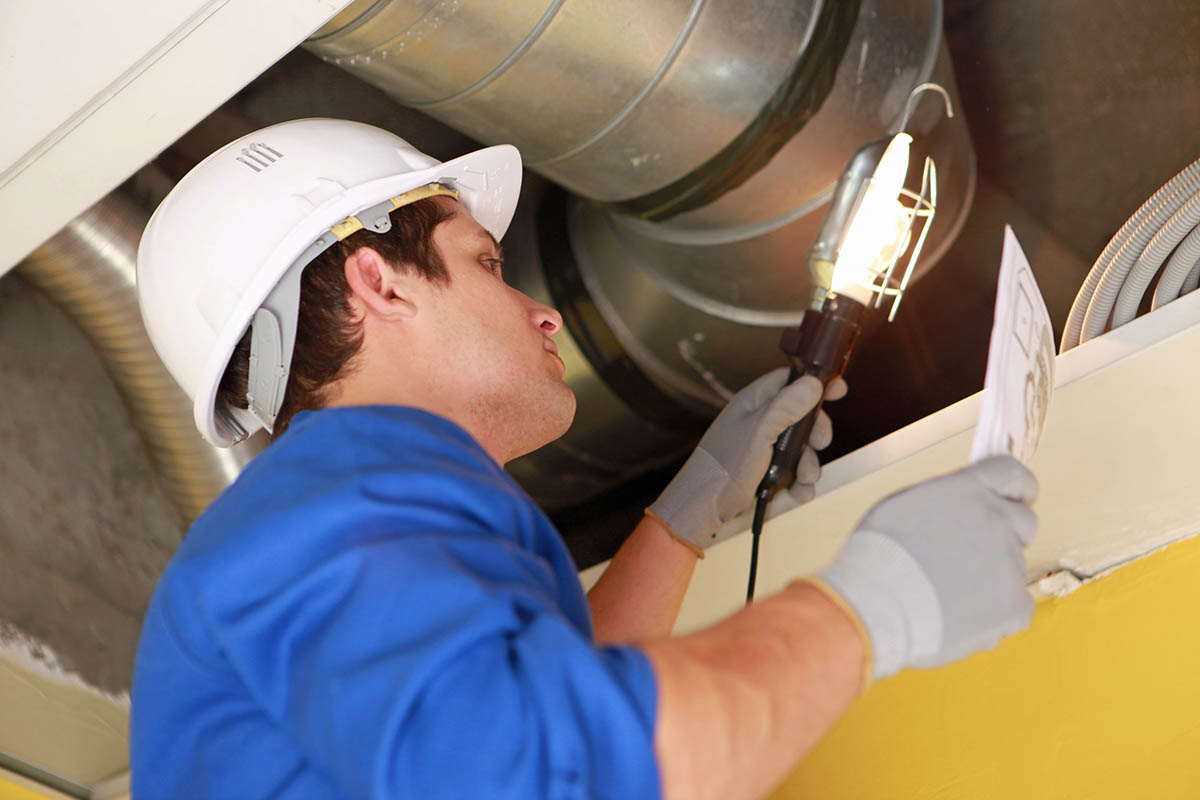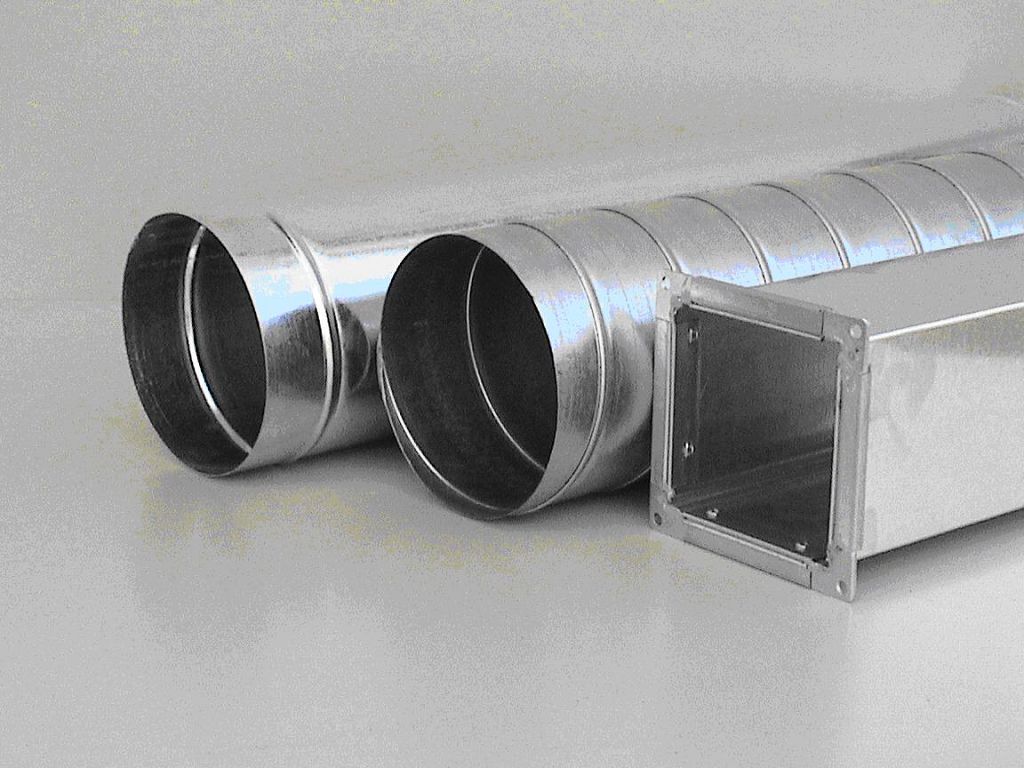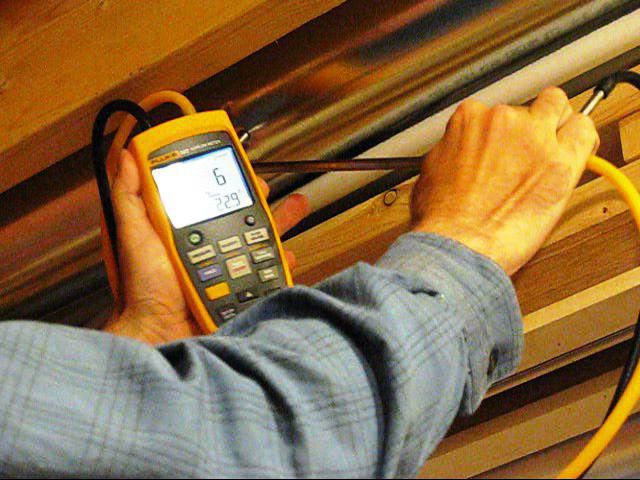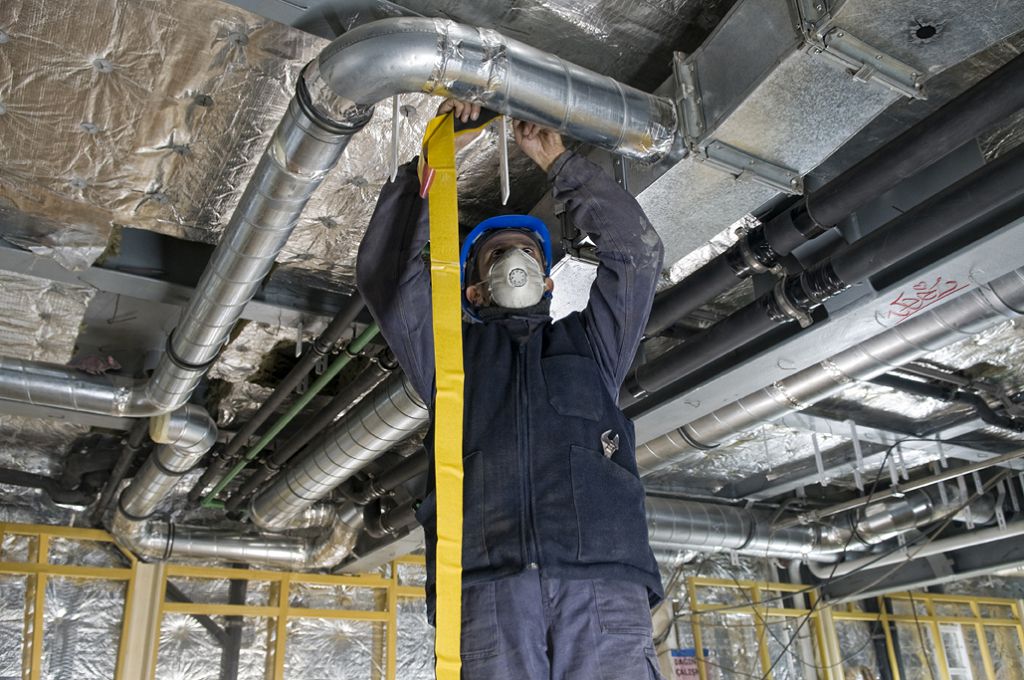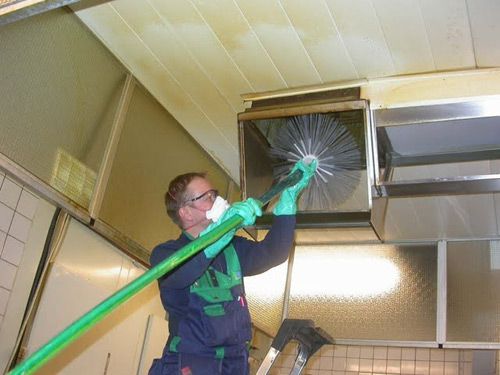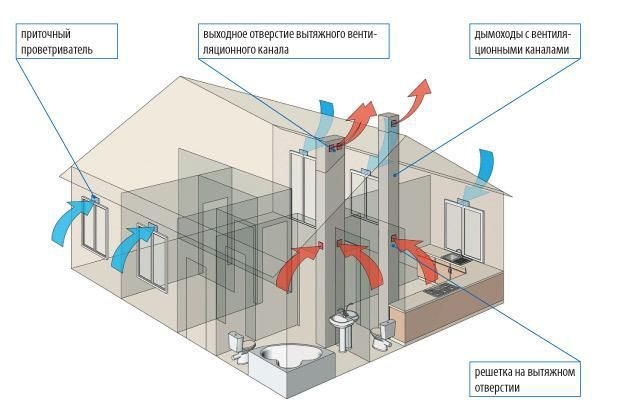The main factor affecting the performance of a ventilation system is its correct design. For the system to function properly, it is necessary to make clear calculations of the area of the ducts. A correctly performed duct calculation is responsible for:
- the level of noise generated;
- the amount of electricity consumed;
- tightness of the system;
- unimpeded passage of air at the required speed and in the required volumes.
You can simplify the calculation process using specialized programs (calculators) or by contacting one of the relevant companies. For an independent search for the necessary parameters, there are calculation formulas, which, however, will be incomprehensible to a person without proper education. Calculation formulas are most in demand in any engineering work related to the design of ventilation systems.
To perform calculations using formulas, you must enter the required values instead of letters and perform the calculation. The accuracy of the final result depends solely on the clarity of the initial parameters obtained during the measurement.
Finding the correct values
- about the smallest requirements for air flow;
- about the highest air flow rate.
- Correct measurements and calculations depend on:
- the level of vibration and airborne noise, the limit of which depends on the accuracy of the calculations;
- the speed of air passage, which can cause both increased energy consumption and an increase in pressure;
- level of tightness - only with the right calculations, the ventilation system will be airtight.
When designing a ventilation system, it is extremely important to pay attention to all sorts of aspects, so that with this approach the system will turn out to be practical and no less durable. In addition, only properly designed ventilation can cope with its initial tasks without any problems. It is especially important to pay attention to the calculations when installing the ventilation system in large industrial and public premises.
The speed of the air flow depends on the value of the cross-section of the area - the greater it is, the faster the air moves. Also, the value of this value will greatly reduce the level of power consumption and aerodynamic noise of the system. Due to the large cross-sectional dimensions, the total cost of the ventilation system increases. In addition, such ventilation cannot be installed in rooms with false ceilings. The problem can be solved by using rectangular air ducts, but at the same time sacrificing the significant operational advantages of round products.
Ultimately, it is purely user preference that determines which system is best to choose. If you need the greatest energy savings and the complete absence of aerodynamic noise, a square ventilation system is ideal. However, this ventilation takes up a lot of space. If the priority is only ease of installation or it is impossible to install a bulky rectangular system in the room, you should pay attention to products with a round cross-section.
With due attention to the design process, the ideal ventilation system can be achieved with ease.
Calculations by formulas
When performing calculations, you need to be guided by the formula intended for these purposes:
Sc = L * 2.778 / V,
Here Sc is the cross-sectional area; L - air consumption (m2 / h); V is the air speed at a certain place in the structure (m / s); 2.778 - fixed odds.
After all the required calculations, the result will be the number in square centimeters.
To find out the real ventilation area, you should use the appropriate formulas:
- round products - S = Pi * D squared / 400;
- rectangular products - S = A * B / 100.
Legend, here S - area; D is the diameter; A and B are the dimensions of the duct.
Only after completing all calculations and rechecking the result, you can proceed to the real installation work. By this time, the entire design of the ventilation system should be completed.
Pressure loss
Being in the air duct of the ventilation system, the air experiences some resistance. To overcome it, the system must have an appropriate pressure level. It is generally accepted that air pressure is measured in its own units - Pa.
All necessary calculations are carried out using a specialized formula:
P = R * L + Ei * V2 * Y / 2,
Here P is the pressure; R - partial changes in the pressure level; L - overall dimensions of the entire duct (length); Ei - coefficient of all possible losses (summarized); V is the air speed in the network; Y is the density of air flows.
Get acquainted with all kinds of conventions found in formulas, possibly with the help of special literature (reference books). At the same time, the Ei value is unique in each individual case due to the dependence on a certain type of ventilation.
You can get all kinds of other help on specialized forums on the Internet. However, the opinion of each expert is unique in its own way.
Heating device power
To determine the most suitable heating device power, it is necessary to consider:
- required temperature values;
- indicator of the lowest possible temperature outside the room.
It is accepted by experts that the minimum temperature level inside ventilation systems does not exceed 18 degrees Celsius. Internal temperature conditions depend solely on the external climate. A heater with a power of 1–5 kW is most suitable for ordinary apartments. Public (including office) premises require a more efficient device, whose power is 5-50 kW.
To make the most accurate calculation of the required heater power, you can use the following formula:
P = T * L * Cv / 1000,
Here P is the power of the heating device (kW); T is the difference between the main temperatures (inside and outside the room); L is the efficiency of the ventilation system; Cv - heat capacity (0.336 W * h / square meters / degree Celsius).
Having made the necessary calculations, you can easily choose the right air heater that fully meets the user's preferences. In addition, the accuracy of the results will affect the subsequent performance of the ventilation system.
Shaped products
Only an engineer can independently calculate the value for fastening fittings. However, even professionals cannot do without special tables, values and formulas with the necessary coefficients. A person without sufficient knowledge in the relevant areas is unable to independently carry out the design.
When calculating the diameter of the duct, use the table of equivalent diameters. This table takes into account large cross-sectional ducts, where the reduction in frictional pressure is equivalent to the reduction in pressure of rectangular structures.Equivalent diameters are only necessary if you want to calculate rectangular facades using tables for structures with a large cross-section (round).
In both cases, a professional approach to computation is required. If any parameters do not correspond to reality, the ventilation system cannot be installed.
The equivalent (equivalent) value can be found in one of three ways:
- by air consumption;
- by air flow rate;
- over the cross section of the duct.
Each of these values is completely related to some parameter of the ventilation system. To define each parameter, you will need to use an individual calculation table. The final result is the frictional pressure loss. If all measurements were correct, regardless of the calculation method, the result will be completely identical. Calculation errors can occur due to violation of the measurement instructions.
Additionally
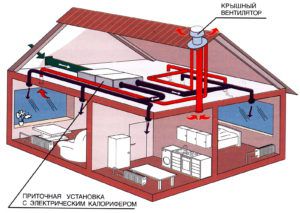
More detailed information about design (tables, formulas, reference books, etc.) can be found on the Internet at various thematic forums without any problems. The final result (the strength of both the structure itself and its fasteners) completely depends on the correctly selected measuring instruments. The easiest way to make the required measurements is using special calculators and other engineering programs. In this case, you do not need to perform the calculations yourself - you just need to enter the requested numbers.
In the case of online calculators, the result will be more accurate than manual calculations. This is due to the fact that the program itself, in automatic mode, tends to round the result to a more accurate and understandable value.
Round and rectangular ducts require a different design approach due to the different level of complexity. Thus, when designing a ventilation system with a large cross-section, the engineer will need to perform more calculations than in the case of rectangular products.
To independently calculate the parameters of fittings from an engineer, you will need to actively use a variety of formulas with already selected coefficients.

